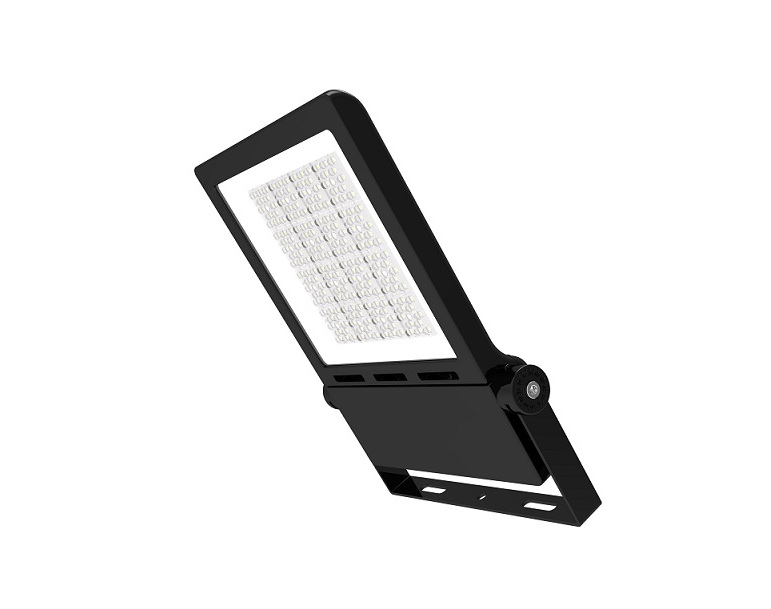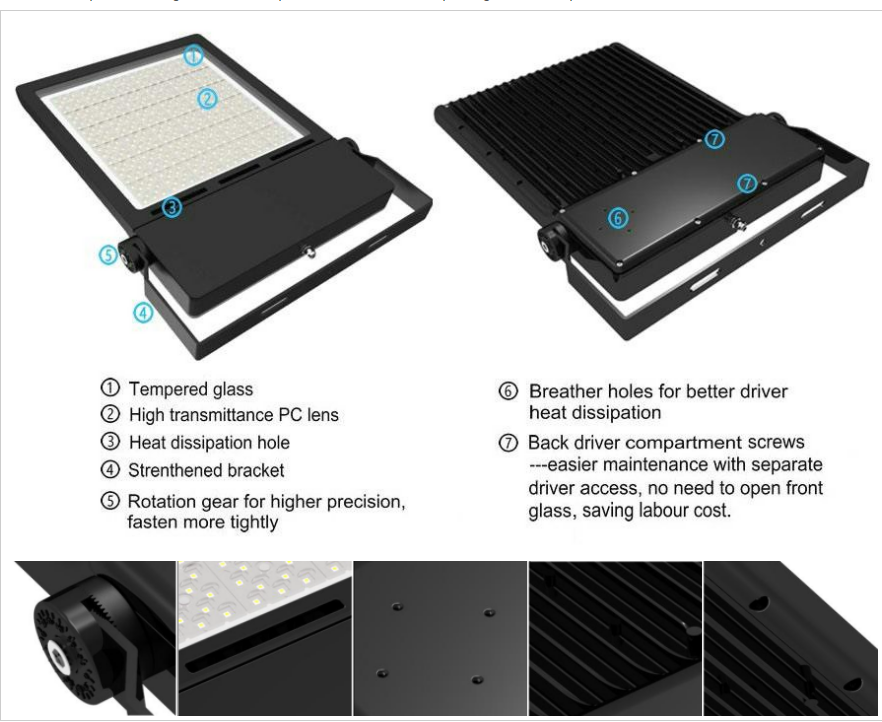In the last decade, the advantages of LED lighting over other alternatives have become more apparent. The LED technology continues to improve and the gap between quality and efficiency, which was already considerable, has grown even wider. LEDs are superior to the competition in every way, from cost and lifespan.
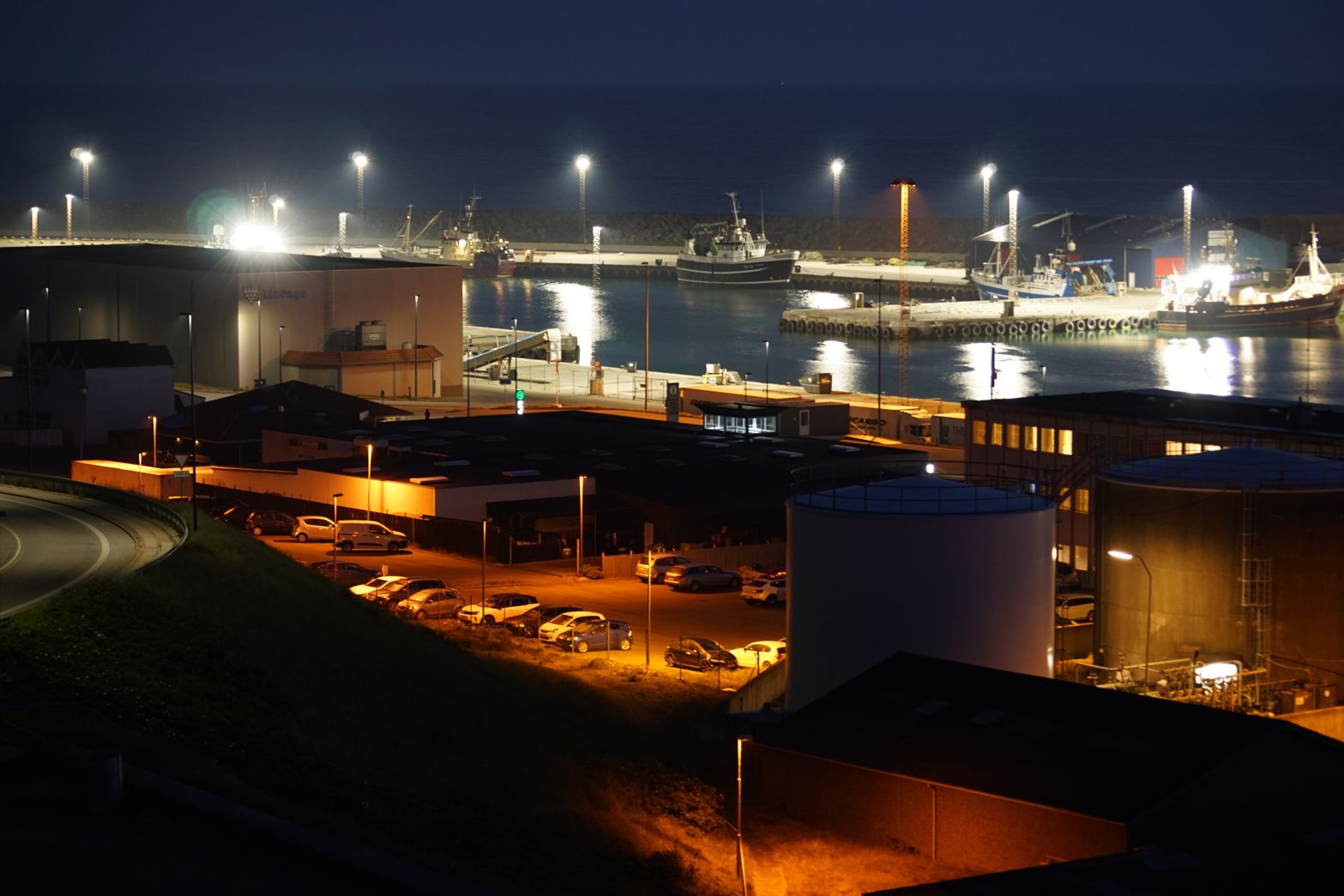
LEDs, as an example, can be more efficient than older lighting technologies:
Increase the levels of lighting in a port by at least 50%.
Reducing power consumption up to 70%.
Improve uniformity and improve quality.
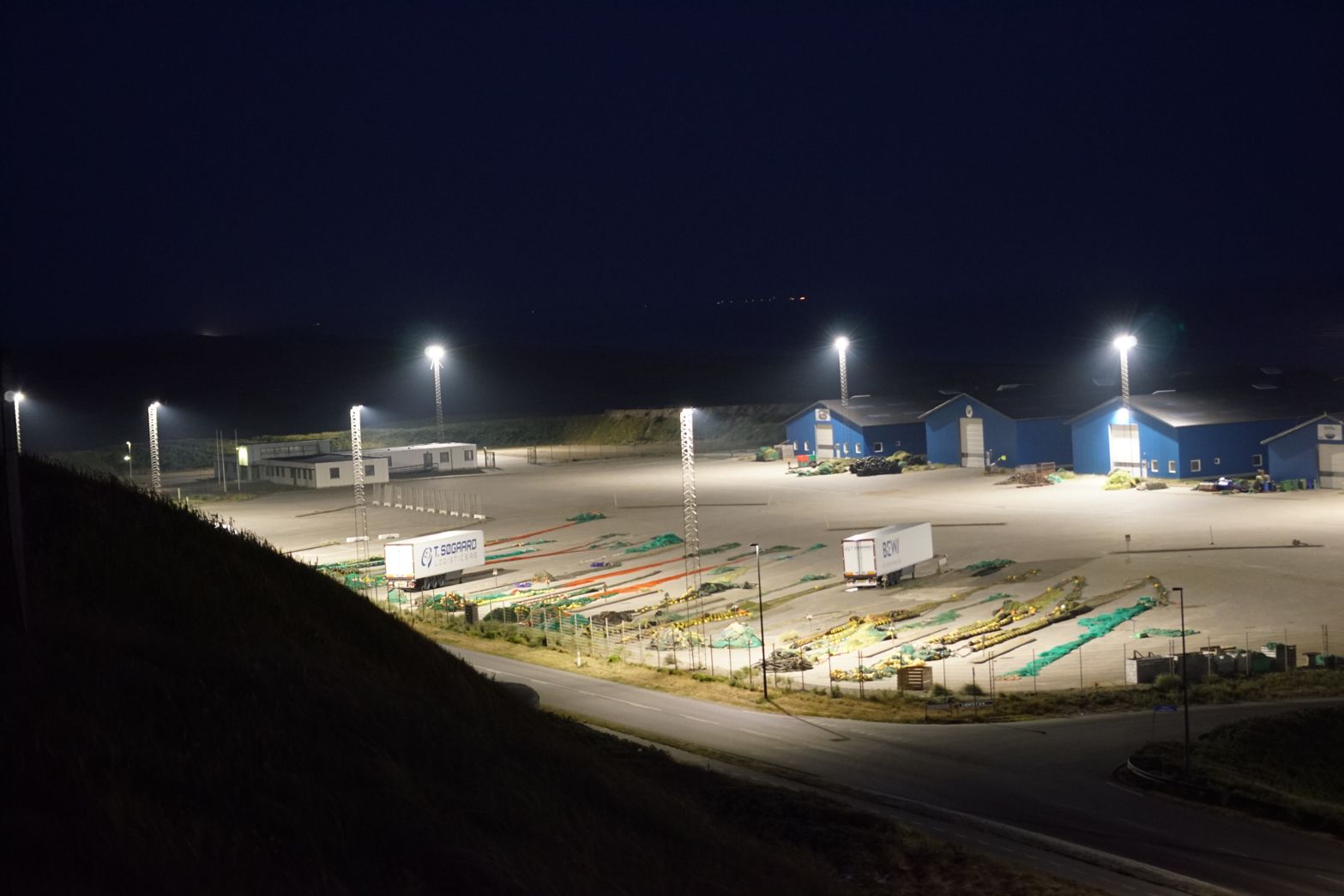
Unfortunately, despite the benefits of LEDs, many ports and sea terminals are still using high-pressure sodium (HPS) or metal-halide lamps. Many maritime facilities rely on metal-halide and high-pressure sodium lamps, perhaps because they are afraid of the cost (or the assumed cost) of upgrading, or lack the time to plan their transition.
Overuse of these outdated lighting technologies can lead to serious financial consequences. Although they might appear more cost-effective in the short term, older lighting systems require more maintenance and use more power than their LED counterparts. The ongoing costs of running these systems are usually much higher. This is especially true in light of the recent rise in power prices.
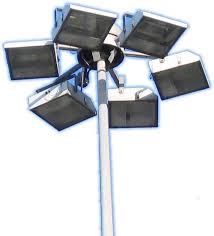
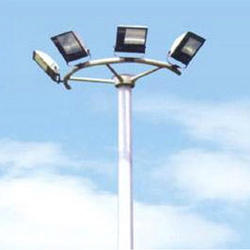
However, cost is not the only issue when it comes to old lighting systems. Productivity is another major concern. When visibility drops below optimal levels, productivity suffers.
In ports where night work and adverse weather conditions are common, good lighting is essential for both safety and effective working. Older lighting technologies are prone to output degradation. For example, the amount of light produced from a metal halide system can drop by up to a fifth within the first six-month period.
This has a direct impact on the effectiveness of operations, as reduced visibility affects both crane operators and staff on the ground. The colour rendering of metal-halide or HPS solutions is also much worse than that of LEDs. It can be difficult for workers to identify the color of containers and labels at a glance. This will slow them down.
Lighting design considerations for marine environments
LED lighting is a great solution to all the problems discussed above. However, not all LED technology is created equal. Poorly designed or inexpensive LED systems will negate all of the benefits and create new issues for ports.
The quality of the build is a major factor. Lighting solutions must be able resist a variety of external pressures in ports, which are some of the most demanding operating environments on earth. Unaddressed high temperatures and excessive salinity can lead to component failure.
Port operators should invest in lighting systems with adequate protection against environmental hazards. VKS‘s luminaires feature an extruded proprietary heatsink. This heatsink has a larger surface area and is more efficient at dissipating heat than die-cast counterparts that are used in cheaper LED systems.
Solar covers and luminaire bodies painted white can also help reduce heat. Our luminaires have a 316 stainless-steel chassis that is naturally resistant to corrosion.
Operators should not only look for LED systems that are able to withstand the harsh conditions of the maritime environment but also make sure that all the necessary tests have been conducted.
We require zero air flow during our high-heat testing to ensure that our luminaires are tested under the most extreme conditions. We follow the ASTM B117 standards for salt spray corrosion testing. The luminaires were coated with salt spray and left to dry for several months. They were then tested for damage or defects.
These tests, however exhaustive they may be at times, also give us the assurance that we will know how well a product performs under the most extreme conditions. These tests are also important from an innovation standpoint, as they provide us with the information we need to make future improvements and prolong the life of our products.
Long-term gains vs. short-term savings
The lower entry cost of LED systems can also tempt ports to stay with their legacy lighting systems. These options are attractive to operators who want to reduce their initial costs, but the long-term costs could be higher than if they chose a more expensive alternative.
This is because low-cost LEDs are often built with cheaper components and tested to lower standards. In a port where the system is subjected to conditions such as those described above these cuts can lead to repairs, replacements and even complete failure of lighting solutions.
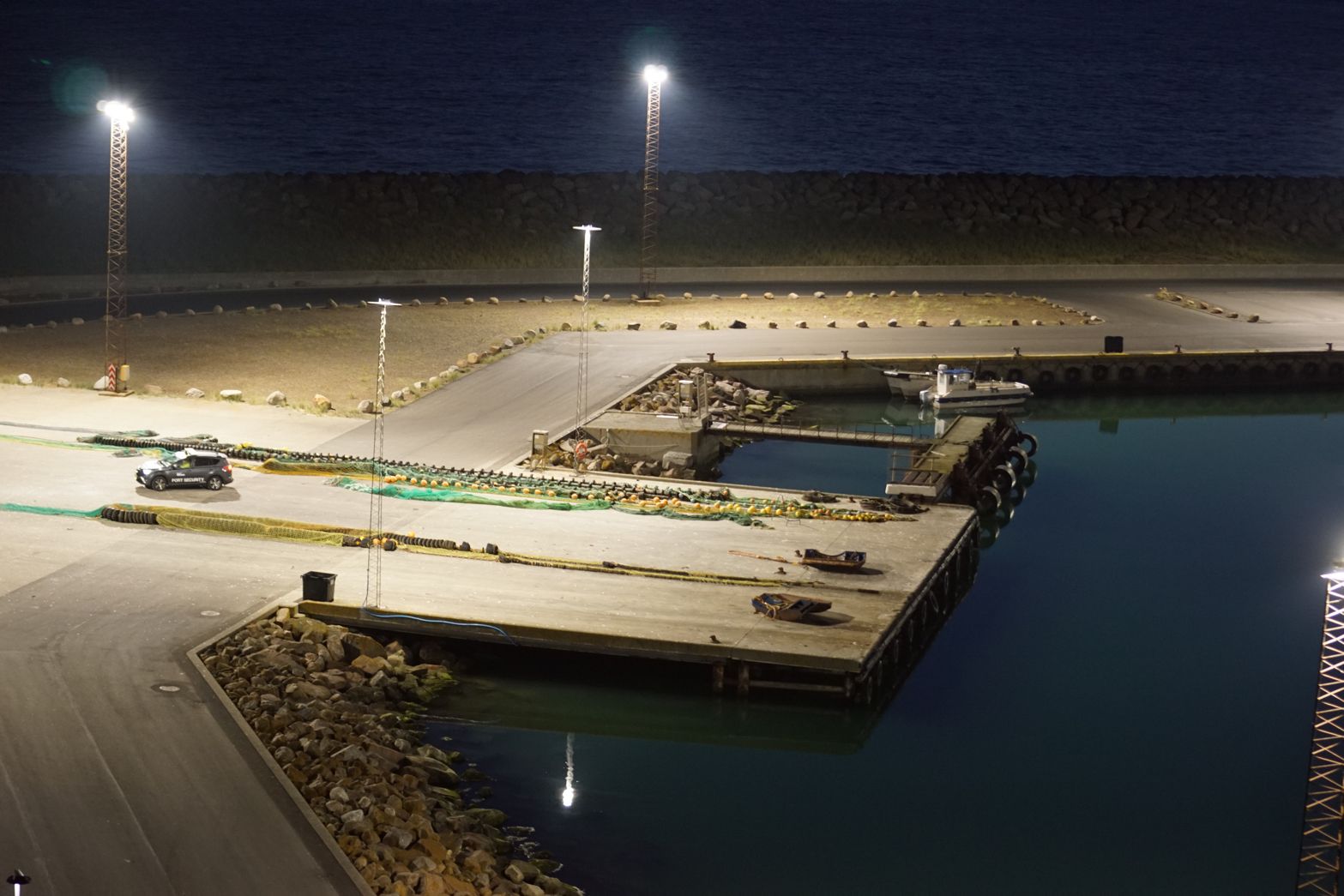
It may seem tempting to choose a lighting system, whether LED or other, based solely on its “out-of the-box” cost. However the unique requirements of maritime facilities will almost always result in additional costs. They can be anything from ongoing charges to a complete refit if the worst happens.
The initial cost may be higher for a high-quality LED solution, but the long-term savings and operational benefits make it a more cost-effective option. A well-designed and tested LED system that pays for itself within 24 months is the best option for operators who want to maximize performance at the lowest cost.
Post time: Jun-30-2023

